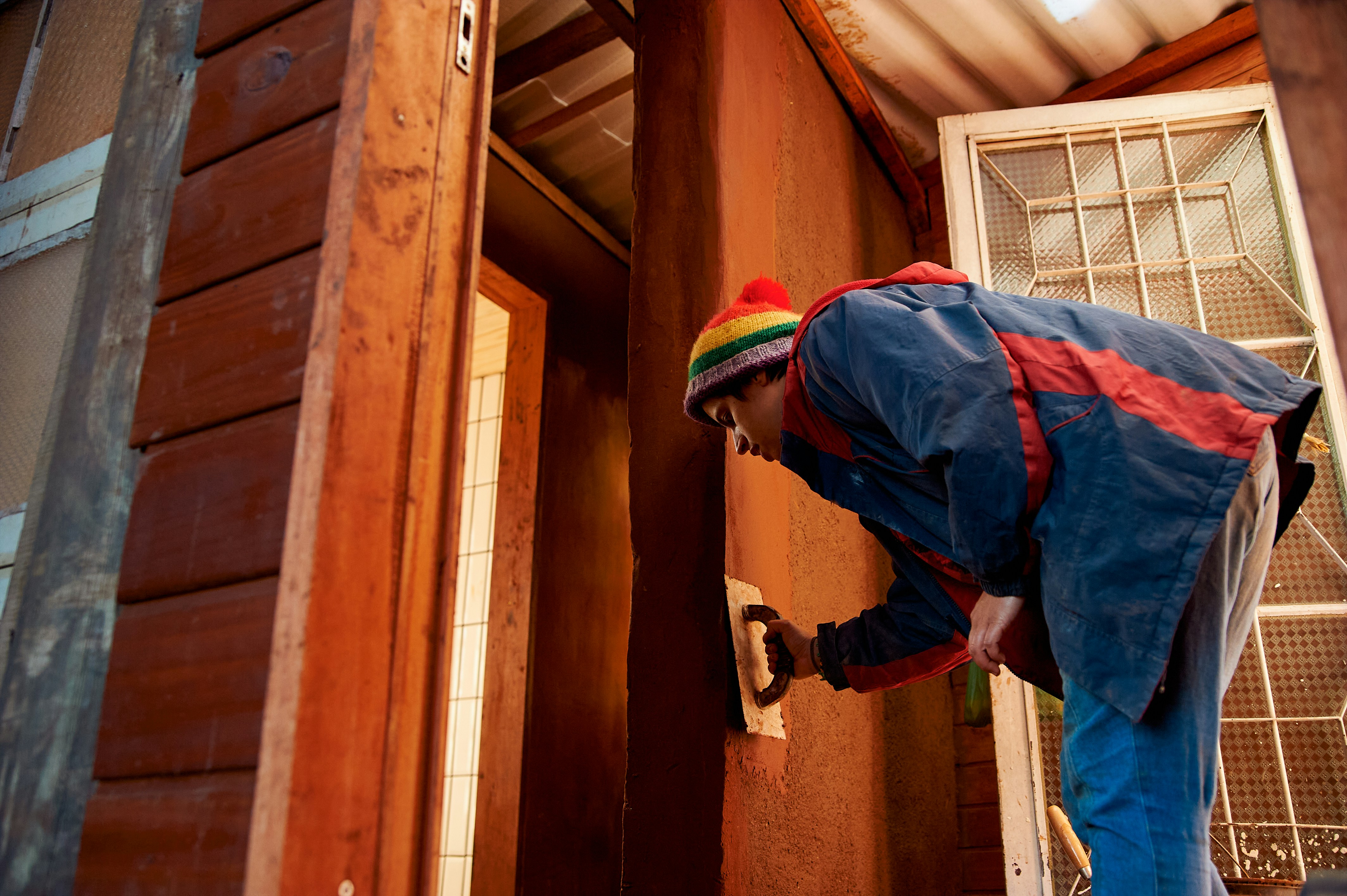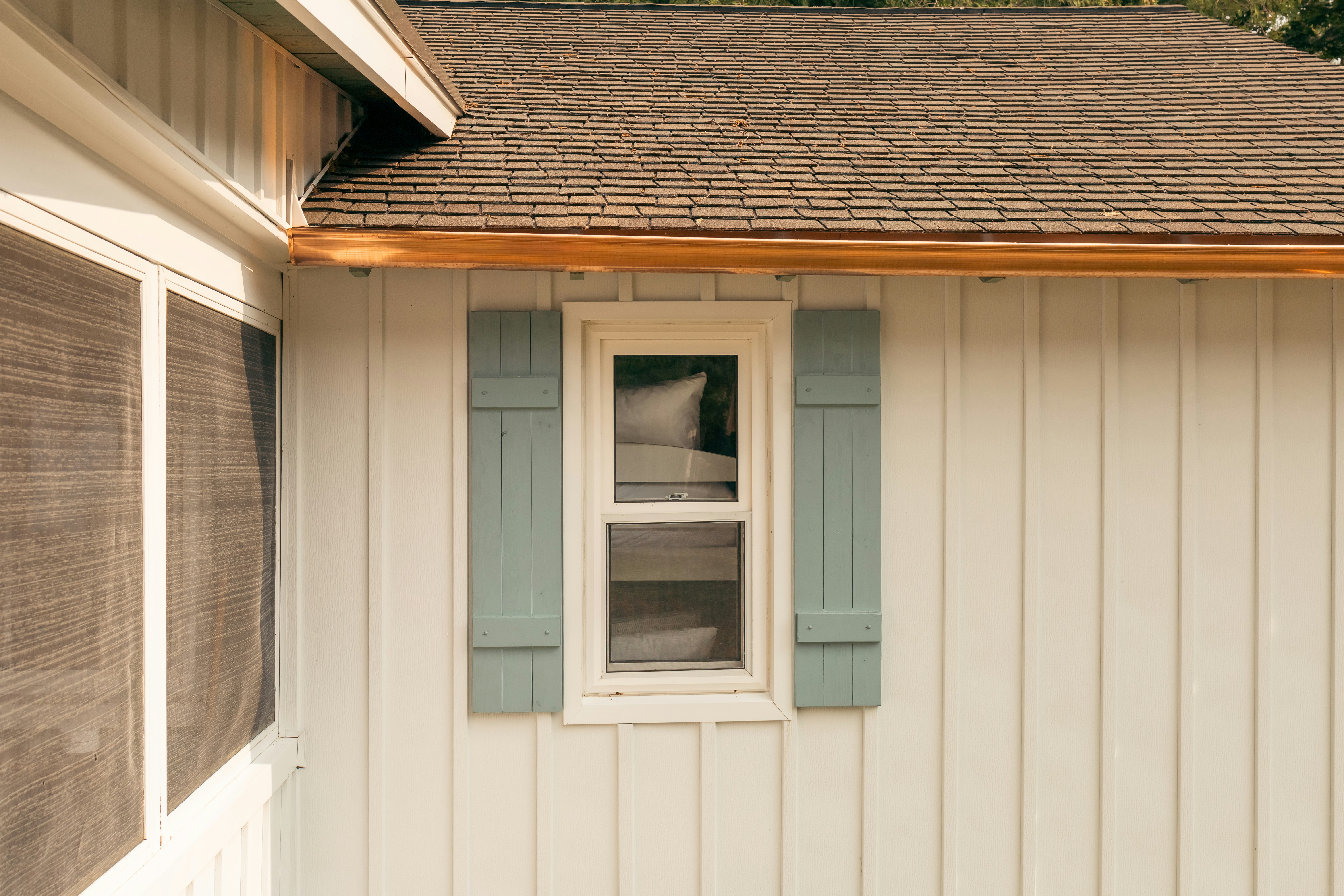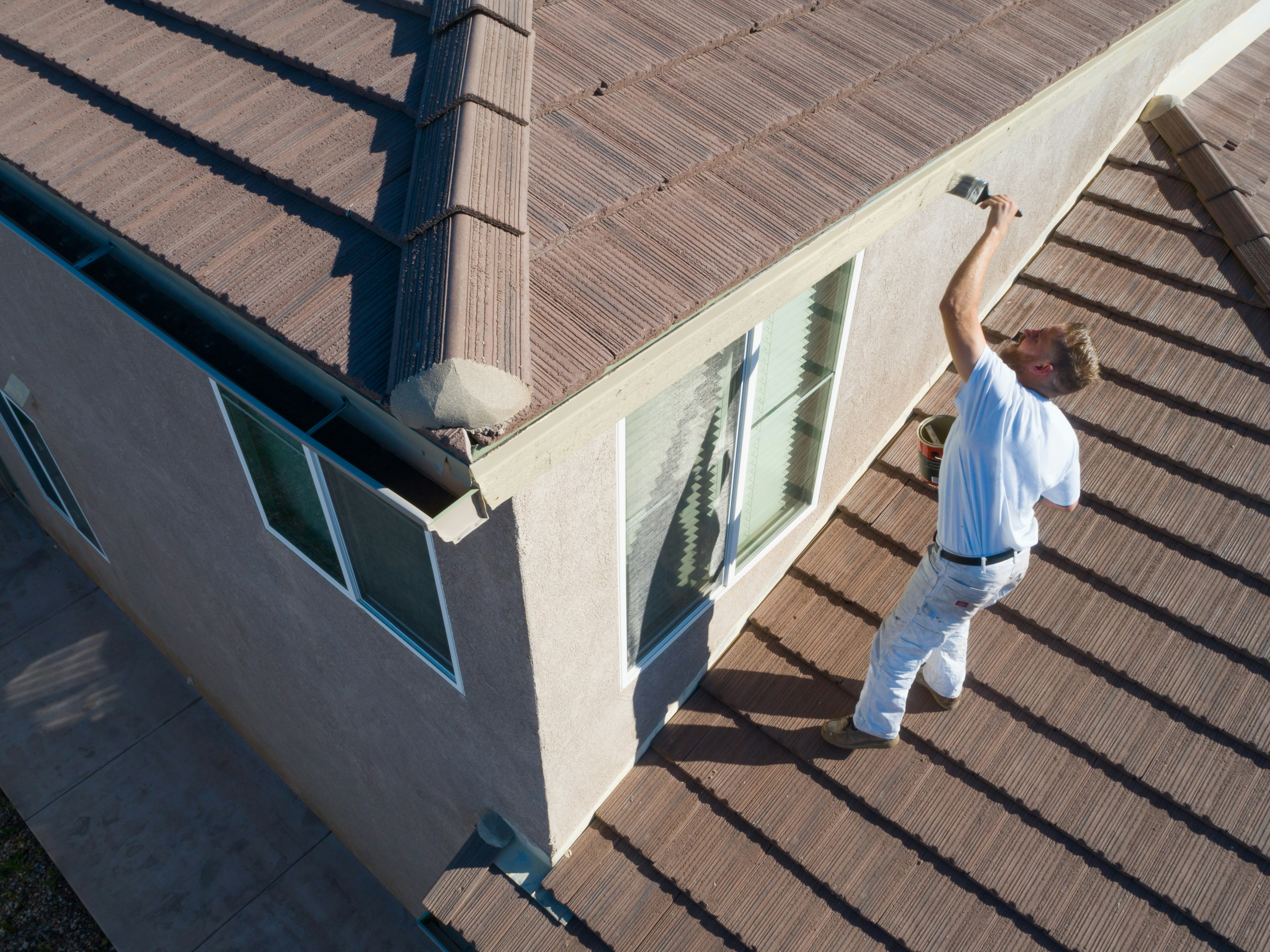Understanding Mold
Definition and Types of Mold Commonly Found in Redmond
Mold is a type of fungus that thrives in moist, humid environments and reproduces through spores. In Redmond, common types of mold that are often found include Aspergillus, Penicillium, Cladosporium, and Stachybotrys chartarum (black mold).
Aspergillus is known to grow on damp surfaces such as damp walls or wallpaper. Penicillium can be found on materials like carpet, insulation, and upholstery.
Cladosporium is a type of outdoor mold that can enter indoor spaces through windows or doors. Stachybotrys chartarum, commonly known as black mold, can grow on water-damaged materials like drywall or ceiling tiles.

Health Risks Associated with Exposure to Mold
Exposure to mold can pose serious health risks to individuals, especially those with allergies or respiratory conditions. Common health effects of mold exposure include nasal congestion, throat irritation, coughing, wheezing, skin irritation, and eye irritation.
Prolonged exposure to certain types of mold can lead to more severe health issues such as asthma exacerbation, respiratory infections, allergic reactions, and even long-term lung damage in extreme cases. It is crucial to address any signs of mold growth promptly to safeguard the health and well-being of occupants in indoor environments.
Factors Contributing to Mold Growth in Indoor Environments
Several factors contribute to the growth of mold in indoor environments. High humidity levels are a primary factor that creates a conducive environment for mold spores to germinate and grow into colonies.
Water leaks from plumbing issues or roof leaks provide the necessary moisture for mold growth. Poor ventilation within buildings can trap moisture indoors and promote the proliferation of mold spores.
Additionally, organic materials such as wood, drywall, carpeting, and fabrics serve as food sources for molds to thrive on. Understanding these factors is essential for preventing and mitigating mold infestations in indoor spaces.
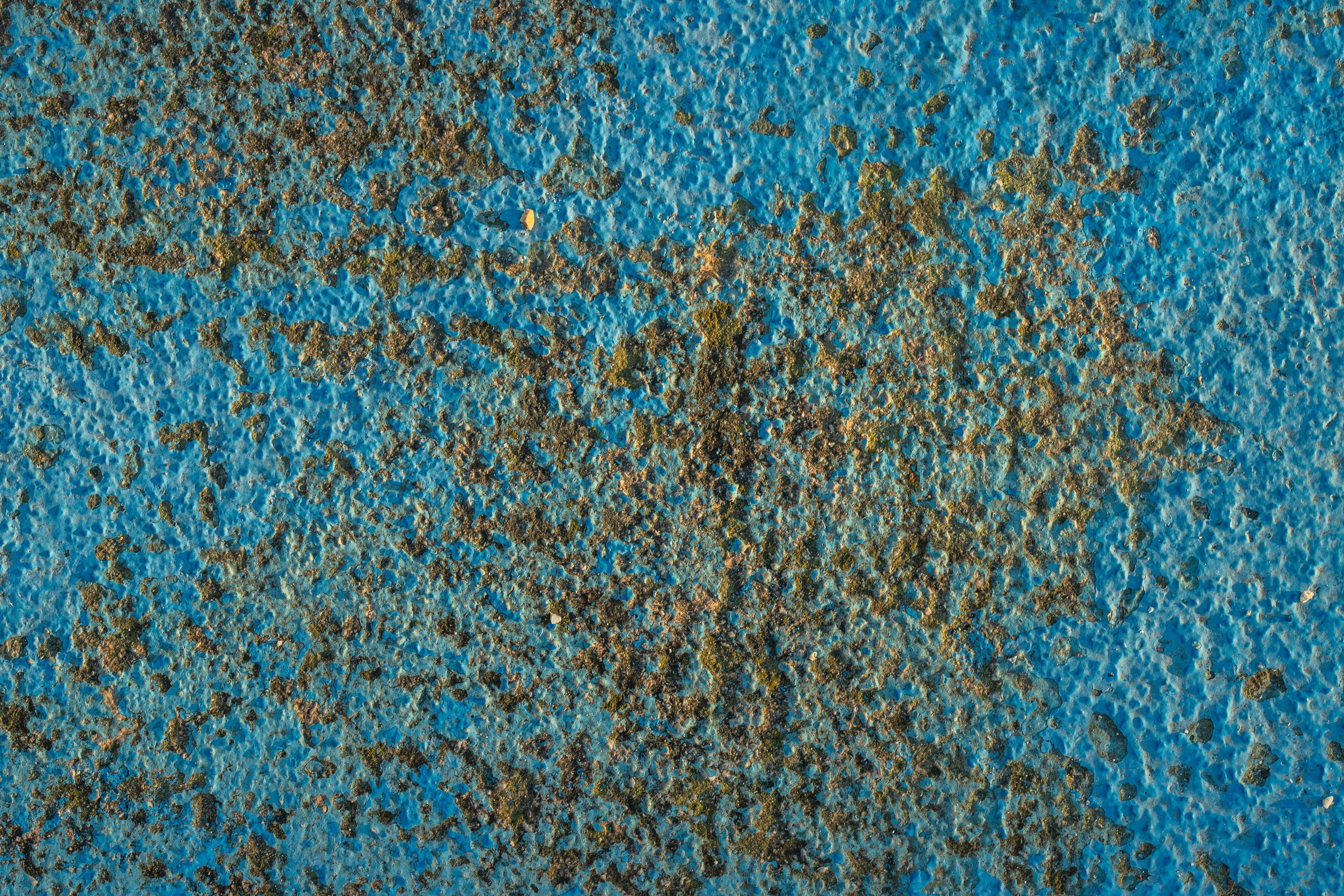
The Importance of Mold Inspection
Early Detection and Prevention of Mold Infestations
Mold infestations can often go unnoticed until they have already caused significant damage. By conducting regular mold inspections in Redmond, homeowners and property managers can detect mold growth at its early stages.
This proactive approach allows for prompt remediation measures to be taken, preventing the spread of mold to other areas of the property. Early detection not only helps in preserving the structural integrity of buildings but also saves on costly repairs that may be required if mold is left unaddressed for an extended period.
Ensuring Indoor Air Quality and Overall Health and Safety
Mold spores are known allergens and can trigger respiratory issues in individuals with sensitivities or compromised immune systems. By ensuring regular mold inspections are conducted in Redmond residences and commercial spaces, indoor air quality can be maintained at a healthy level.
The presence of mold can lead to a musty odor and visible signs of discoloration on walls or ceilings, which are indicators of poor air quality. Protecting the health and safety of occupants is paramount, making mold inspection a crucial aspect of property maintenance.

Compliance with Building Codes and Regulations
In Redmond, as in many other regions, there are specific building codes and regulations that mandate the prevention and remediation of mold growth in properties. Failure to comply with these regulations can result in fines, legal liabilities, or even evacuation orders for occupants.
By conducting regular mold inspections and addressing any issues promptly, property owners demonstrate their commitment to maintaining a safe environment for residents or employees while staying compliant with local laws. Mold inspection is not just about aesthetics; it's about adhering to standards that promote health, safety, and well-being within indoor spaces.
Qualifications and Certifications to Look for in a Mold Inspector
When seeking a professional mold inspector in Redmond, it is crucial to ensure that they possess the necessary qualifications and certifications. Look for inspectors who have received training from reputable organizations such as the American Council for Accredited Certification (ACAC) or the Indoor Air Quality Association (IAQA).
These certifications demonstrate that the inspector has undergone rigorous training and has met specific industry standards. Additionally, certifications such as Certified Mold Inspector (CMI) or Certified Indoor Environmentalist (CIE) indicate a high level of expertise in mold inspection practices.
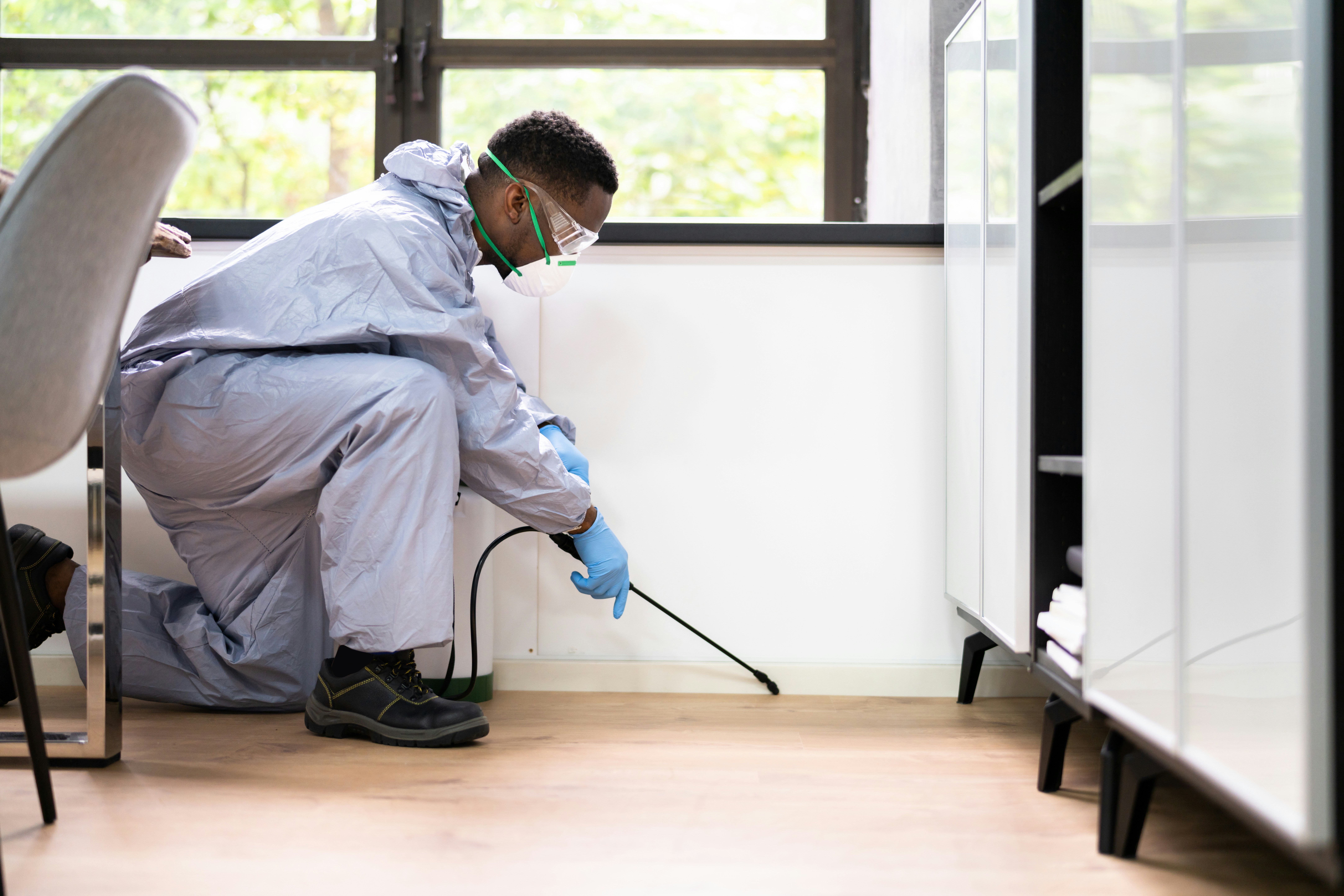
Importance of Experience and Expertise in Handling Mold Inspections
Experience plays a vital role in the effectiveness of mold inspections. An experienced mold inspector will have encountered a wide range of mold issues, allowing them to quickly identify potential problems and provide accurate assessments.
Expertise in handling mold inspections involves not only knowing how to identify mold but also understanding the underlying causes of mold growth. Experienced inspectors can offer valuable insights into moisture control strategies, ventilation systems, and other factors that contribute to indoor air quality.
How to Find Reputable Mold Inspection Services in Redmond
Finding reputable mold inspection services in Redmond requires thorough research and careful consideration. Start by asking for recommendations from friends, family, or real estate professionals who have used mold inspection services in the past. Online reviews and ratings can also provide insights into the reputation of different inspection companies.
When contacting potential inspectors, inquire about their experience, certifications, and specific methods used during inspections. It is essential to choose an inspector who is transparent about their process and willing to answer any questions you may have regarding your mold concerns.
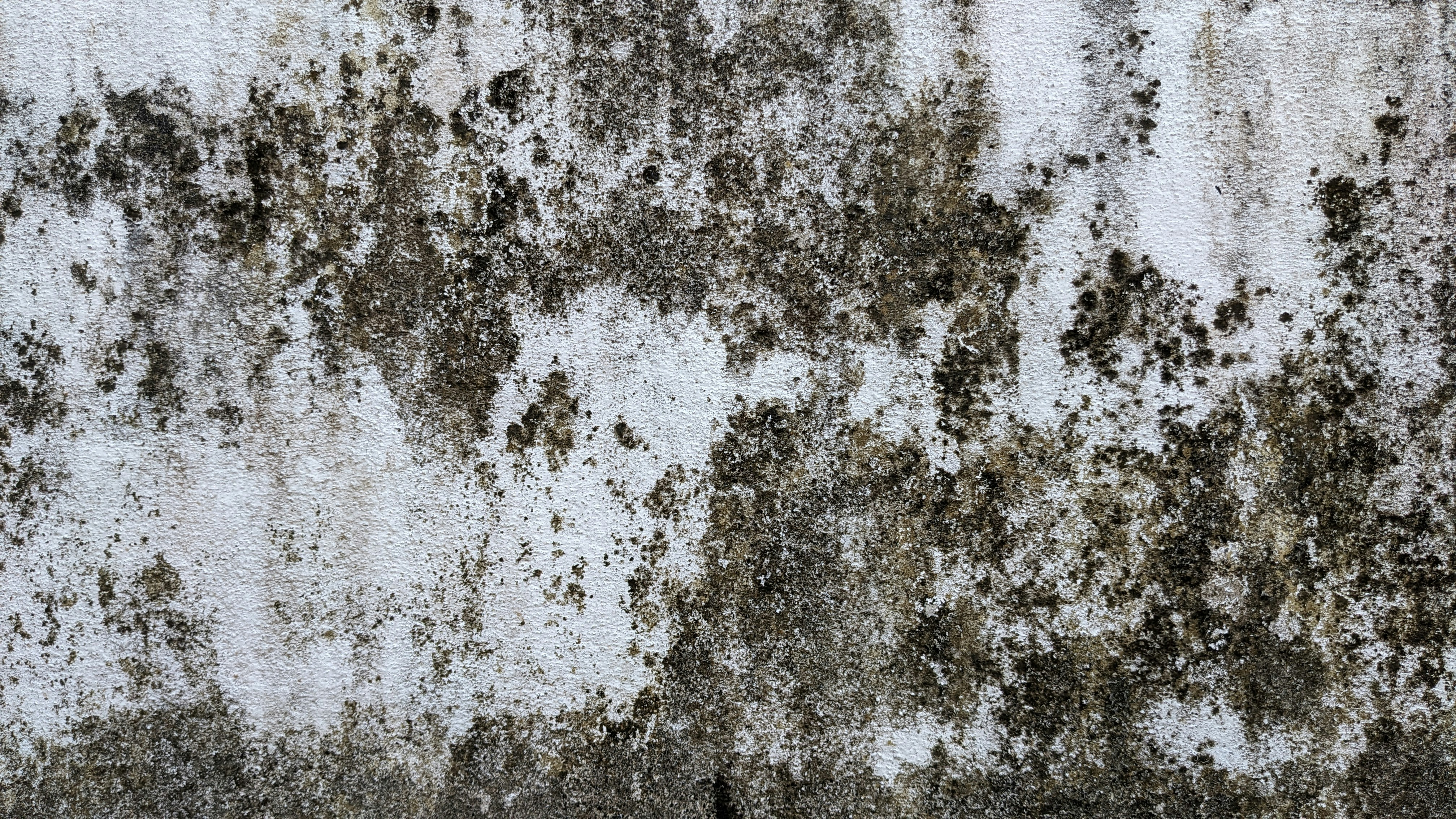
The Process of Mold Inspection
Initial Assessment and Consultation
Before beginning a mold inspection in Redmond, a professional mold inspector will conduct an initial assessment and consultation with the property owner or occupant. During this phase, the inspector will gather information about any existing water damage issues, past flooding incidents, or areas of concern regarding indoor air quality. Understanding the history of the property is crucial in determining where potential mold growth may be present.
Visual Inspection for Signs of Water Damage or Moisture Intrusion
One of the primary steps in a mold inspection is conducting a thorough visual examination of the property for signs of water damage or moisture intrusion. The inspector will carefully inspect areas prone to mold growth, such as basements, bathrooms, kitchens, and crawl spaces.
Common indicators of water damage include discoloration on walls or ceilings, musty odors, peeling paint or wallpaper, and visible mold growth. By identifying these visual cues, inspectors can pinpoint areas that require further investigation.

Sampling Methods Used by Inspectors (Air, Surface, Bulk)
Mold inspectors utilize various sampling methods to assess indoor air quality and identify potential molds present in the environment. Air sampling involves collecting air samples from different areas within the property to measure levels of airborne mold spores. Surface sampling includes swabbing or tape lifting surfaces suspected of harboring molds for laboratory analysis.
Bulk sampling involves collecting physical material samples like drywall or insulation for identification purposes. These sampling methods provide valuable insights into the types and concentrations of molds present.
Laboratory Analysis of Samples for Identification of Molds Present
After collecting samples during the inspection process, mold inspectors send them to accredited laboratories for analysis and identification of molds present in the environment. Experienced microbiologists examine these samples under controlled conditions using specialized equipment to identify specific species of molds.
The results from laboratory analysis provide crucial information about the presence of toxic molds like Stachybotrys chartarum (black mold) or allergenic molds such as Aspergillus and Cladosporium. This detailed analysis guides inspectors in developing tailored remediation plans to address mold issues effectively.
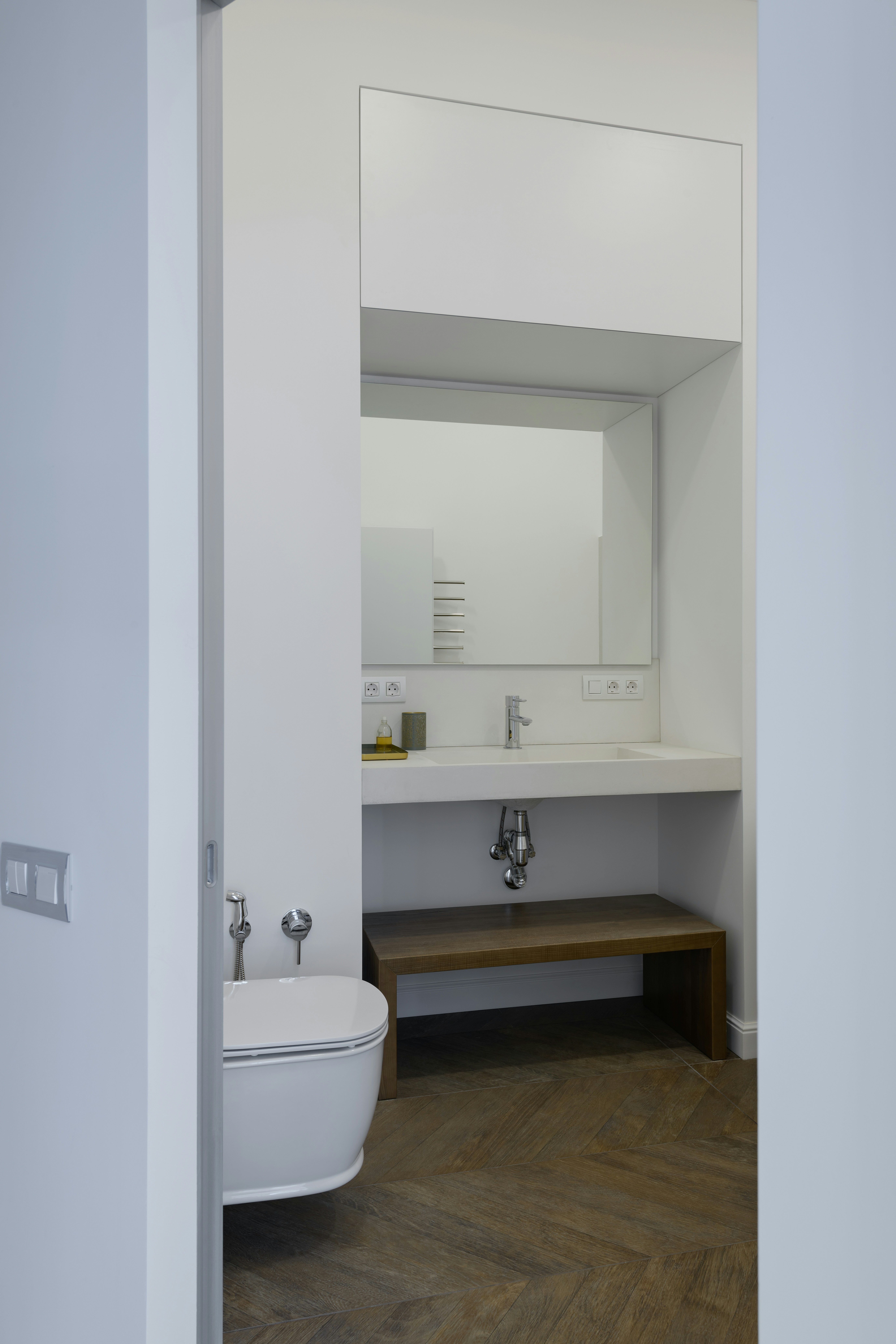
Common Areas Inspected for Mold Growth
Bathrooms, Kitchens, Basements, Attics, Crawl Spaces
Mold thrives in damp and poorly ventilated areas, making bathrooms, kitchens, basements, attics, and crawl spaces prime locations for mold growth. In bathrooms and kitchens, mold can develop due to constant exposure to moisture from sinks, showers, and cooking activities. Poor ventilation in these areas can exacerbate the issue by trapping humidity and creating an ideal environment for mold spores to settle and proliferate.
Basements, attics, and crawl spaces are also susceptible to mold growth as they often have limited airflow and may be prone to water leaks or seepage. During a mold inspection in Redmond homes or buildings, inspectors pay close attention to these areas by conducting thorough visual inspections.
They look for signs of water damage such as stains on walls or ceilings, peeling paint or wallpaper, musty odors indicative of hidden mold growth, and any visible presence of mold colonies. Additionally, inspectors use specialized tools like moisture meters to detect elevated moisture levels that could indicate an underlying moisture problem fueling mold growth.
Inspectors also examine the structural integrity of these areas during a mold inspection in Redmond. Water intrusion from leaks in plumbing pipes or roofs can lead to damp conditions that promote mold growth within wall cavities or insulation material.
Properly assessing these hidden spaces is crucial to identifying potential sources of moisture that support mold infestations. By meticulously inspecting bathrooms, kitchens, basements attics, crawl spaces properties in Redmond can proactively address any existing moisture issues before they escalate into significant mold problems.
HVAC Systems,Ductwork , Insulation ,Wall Cavities
The heating ,ventilation, and air conditioning (HVAC) system plays a critical role in maintaining indoor air quality hygiene . These systems circulate air throughout a property which could potentially spread airborne mould spores if there is an underlying mould problem.
Ductwork within HVAC systems can harbor mould spores particularly if there's been water damage resulting from leaks condensation or high humidity levels . During a mould inspection, in Redmond homes inspectors examine the HVAC system including ductwork filters vents,,and insulation for signs of mould contamination such as visible fungal growth strange odors evidence of water damage.Having a clean properly maintained HVAC system is essential not only for preventing the spread of mould but also for ensuring efficient energy usage optimal indoor comfort levels.A professional inspector will assess the condition hygiene efficiency HVAC systems as part of comprehensive mould inspection process.
Insulation within walls ceilings floors provides added protection against heat loss gain sound transmission but it's also susceptible to mould infestations especially if exposed high humidity levels condensation issues.Wall cavities present another hidden space where mold may thrive given right conditions Inspectors utilize tools like thermal imaging cameras borescopes identify any moisture problems lurking behind walls.Furthermore sampling techniques such air sampling pumps swabs tape lifts often employed collect samples potential mold contamination insulations wall cavities diagnostic purposes. By thoroughly inspecting components like HVAC systems ductwork insulation wall cavities during a moId inspection inspectors can uncover sources moisture buildup contributing factors mold growth They employ combination visual inspections specialized equipment detect hidden issues may otherwise go unnoticed homeowners property owners Taking proactive approach addressing identified concerns maintaining cleanliness these components pivotal preventing recurrent moId infestations ensuring healthy indoor environments
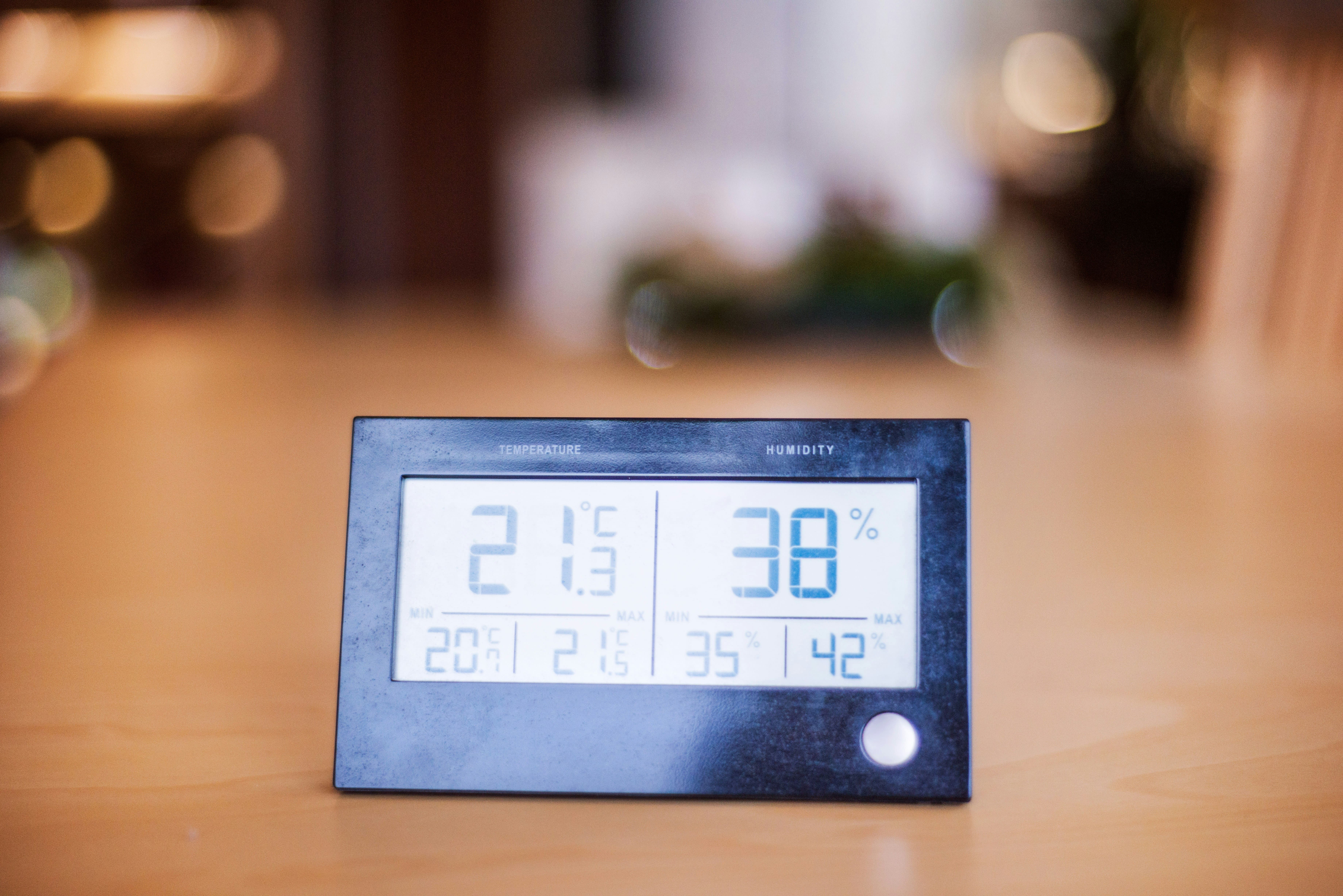
Tools Used During Mold Inspections
A. Moisture Meters, Thermal Imaging Cameras, BorescopesMoisture meters are indispensable tools in mold inspections as they detect moisture levels in various materials, helping identify potential areas of mold growth. Thermal imaging cameras provide a non-invasive method to pinpoint moisture sources behind walls or ceilings by detecting temperature variations. Borescopes are used to access tight spaces like wall cavities or ductwork to visually inspect for mold growth without causing damage.
B. Air Sampling Pumps, Swabs, Tape LiftsAir sampling pumps are utilized to collect air samples that may contain mold spores for analysis in a laboratory setting. Swabs and tape lifts are employed to collect surface samples from suspected mold-infested areas for further examination. These tools aid in identifying the types of molds present and assessing their concentration levels within the indoor environment.
C. Personal Protective Equipment (PPE) for InspectorsEnsuring the safety of inspectors during mold inspections is paramount, which is why personal protective equipment (PPE) is essential. PPE includes items such as respirators to prevent inhalation of airborne mold spores, gloves to avoid skin contact with contaminated surfaces, goggles for eye protection, and coveralls to prevent contamination of clothing. Proper use of PPE minimizes exposure risks and safeguards the health of inspectors conducting mold assessments.
Conclusion
The tools used during mold inspections play a crucial role in identifying and mitigating potential health hazards associated with mold infestations in indoor environments. By employing state-of-the-art equipment such as moisture meters, thermal imaging cameras, air sampling pumps, and proper personal protective gear, inspectors can conduct thorough assessments with precision and safety in mind. While the presence of mold can be concerning, timely detection through comprehensive inspections allows for effective remediation measures to be implemented proactively, ensuring a healthy indoor environment for occupants.

